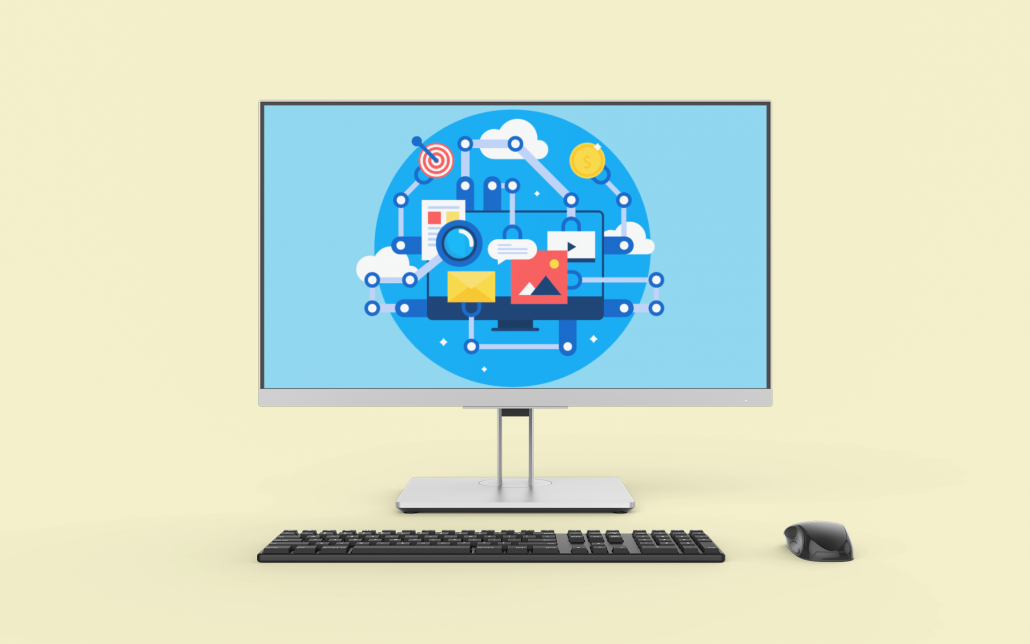
The New Frontier of Performance Marketing: Automation
Aside from the well-documented budget-based benefits of performance marketing, one of the more attractive attributes of working on a performance model is the continual push to drive incremental revenue and efficiency from all areas of possibility. Analysts and account managers are continually searching for additional opportunities to maximize performance – aligning their targets with your business goals. And Automation can play a crucial role in this.
The Value
First and foremost, automation enables the ‘freeing up’ of valuable time – time which can then be used to focus on in-depth account strategy and the analysis of campaign performance. By automating the more trivial daily tasks such as reporting, you have the ability to dig deeper, adding more scope and granularity to their clients’ campaign.
Aside from this, automation can also play an important role in influencing campaign media buying decisions by incorporating client-provided and external data into the system. There is a vast range of internal and external factors that can contribute to campaign volatility and fluctuation, and for a campaign to drive performance it’s important to create processes that help identify these factors – identifying, flagging, and taking action to account for their impact.
With the help of automation, external and internal data can be combined to help predict, account for, and rapidly react to micro-level changes – a method which helps save time and use technology to drive efficiency with smarter data-informed decisions.
Automation In Action: External Data
If we take a look at an industry like Sports betting for instance, it is a highly competitive market where CPCs can easily exceed $100. In instances like this, maximizing efficiency is crucial for hitting ROAS goals and avoiding large volumes of wasted spend.
When we look at bet intent, we see that it peaks in the hours before each game then falls sharply once the game begins. For the industry’s major players, budgets can be large enough to maintain aggressive bidding and hold top positions throughout the day. However, for many, this isn’t possible and they have to plan the right moments to fight for the top spots in the high intent peaks.
The challenge here comes from the large number of matches taking place each week at varying times throughout the day and week. Looking at the US where there are 4 main sports; within these 4 sports, there are over 5,000 professional games taking place each season. Trying to manually adjust bidding and budgets down to a team-specific keyword level to account for all of these games would overwhelm even the most organized of PPC teams.
Situations like this are where automation really comes into its own. For instance, you can create a system that could automatically adjust media buying – not just on game times, but on other external factors such as recent form, game location, and the significance of a matchup. APIs can be used to collate sports schedules and countdown the hours to each team’s games, then overlaid with APIs that can pull and calculate recent form, rival games and stadium location.
Other examples of external data used for automation is the incorporation of weather data and seasonality into bidding and forecasting which cause many retail brands to see peaks and troughs in their customer behavior. As spring comes around and weather begins to brighten, many begin looking forward to the summer and a well-needed wardrobe update. With retail clients, we often see demand for summer wear and swimsuits spike through the hottest days of spring as people begin to ditch their winter coats and plan lighter alternatives. By pulling weather data from APIs and analyzing the patterns in buying behavior we can identify trends. Through the use of scripts, we can create variables and automate bid changes and multipliers to alter bidding and account for changes in expected demand.
Automation In Action: Internal Data
Recognizing pricing as a major influence in purchasing decisions, price competitiveness can be an essential part of account performance for advertisers and – when measured using an automated strategy – can reap substantial benefits. Scraping data from Google Marketplace allows advertisers to determine how competitive their products are in comparison to others competing for the same ad space. From here they can adjust their bidding strategy to put additional budget towards products that are price competitive and likely to produce strong conversion weights.
Another use of internal data can be carried out using Google Analytics scheduled reports. Here brands can look at sitewide product level or other Ads accounts potentially managed elsewhere. The flexibility of the performance model often supports international expansion into new territories when your internal team doesn’t have the budgets or capacity. In this case, the domestic territory is often managed in-house with brands seeking an agency to manage ROW.
You can match and support activities outside of your campaigns by tracking product performance of other accounts – identifying certain areas which are either under or overperforming. If certain products or categories within these accounts are underperforming, campaigns can be adjusted to scale aggressiveness.
Browse:
Read Next
Find out how we can help you
With offices around the world, we can build a team perfect for your needs.

